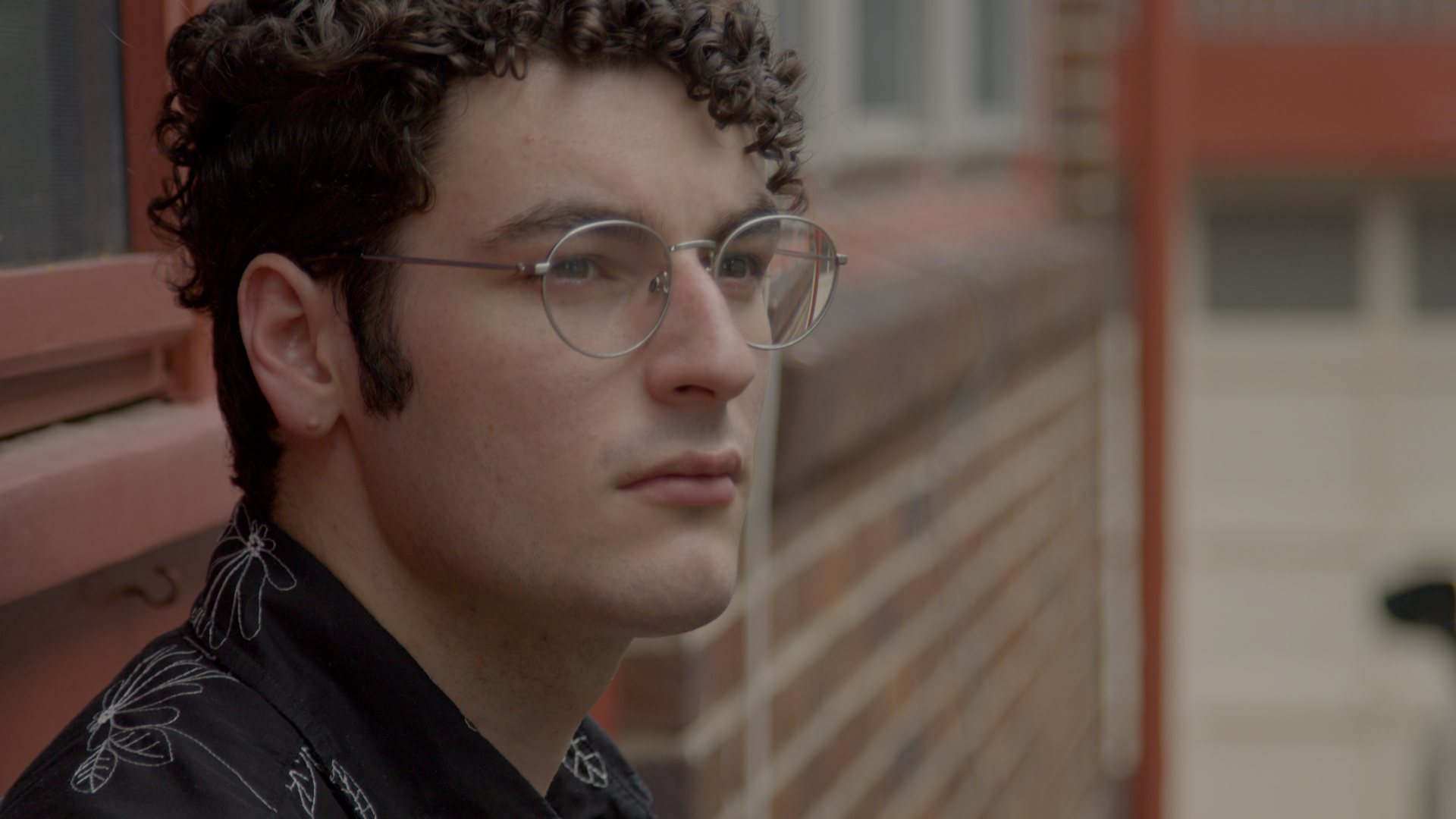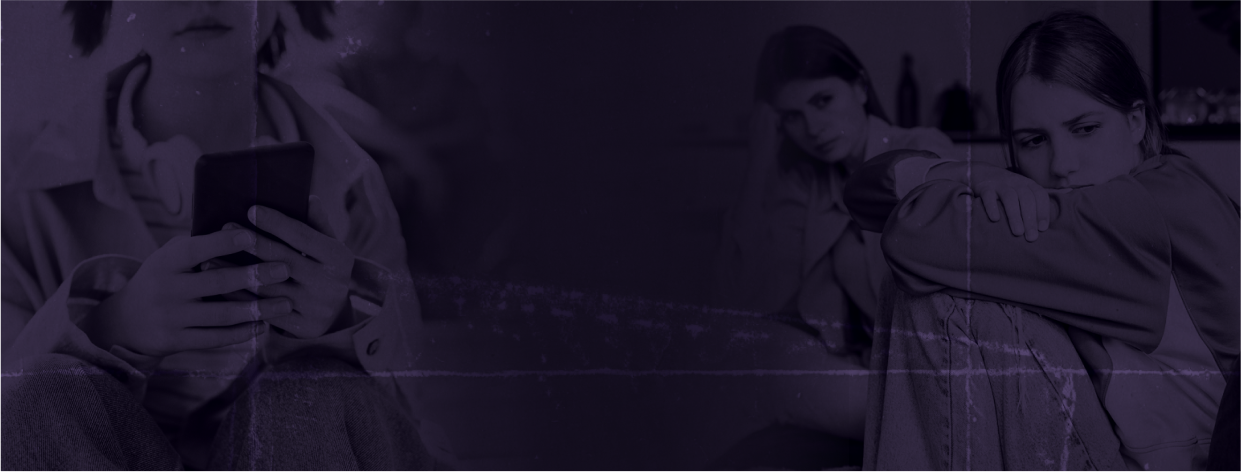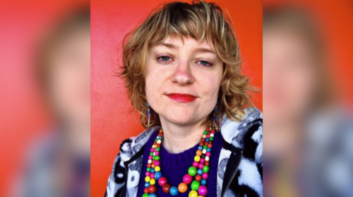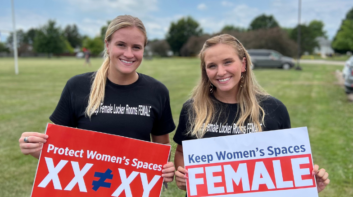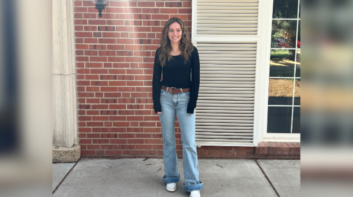Simon Amaya Price considers himself “patient zero” for a virus he caught as a teenager—a virus that has infected tens of thousands of other vulnerable young adults.
That virus is transgenderism.
Amaya Price’s struggles with his identity began at an early age. Though he wouldn’t realize this for several years, Amaya Price was autistic and had a harder time connecting with other kids socially as a result. This also led to severe bullying in elementary school.
“There were a number of days where I would come back home, bloody, torn shirts, torn shorts, all that,” Amaya Price recalled in an exclusive interview with IW Features. “And that basically led to me to really close up. I became very anxious. I became very depressed.”
The bullying continued in middle school: “I was called the ‘f’-slur on a near daily basis because I looked gay—whatever that means,” Amaya Price, who is bisexual, said.
By the time Amaya Price reached high school, he was “distressed” and in desperate want of community. Two events in particular that year sent him into a downward mental spiral: the friend group he had worked so hard to find suddenly cut him off, and he was sexually assaulted by an older boy while on a school field trip.
“My social support network had disappeared. I’m disconnected from my body. I’m still trying to deal with all of the … trauma of being the target of homophobic bullying for two years straight in middle school,” Amaya Price explained.
And so Amaya Price did what all teenagers do: he started Googling.
“It’s like, ‘I get along better with girls than with boys.’ And all of these different symptoms … on Google … all lead you towards the answer of trans,” Amaya Price said.
He also decided to join his school’s Gay-Straight Alliance Club, hoping he’d find the support he needed to navigate the mental weight he had been carrying. But “instead of talking about homophobia” or why “being gay is cool and OK,” the GSA focused on transgenderism, Amaya Price said.
“We would regularly watch videos by this transgender YouTuber called ContraPoints, who is male to female. And this is where I learned about the concept of gender dysphoria and transition,” he said.
These concepts were also brought up in Amaya Price’s health class that year, where students were introduced to the “Gender Unicorn” and asked to place themselves on a “gender spectrum.”
These ideas took root, and by the end of Amaya Price’s freshman year in high school, he fully believed he was a girl.
“The things I was dealing with is: I didn’t like the effects of puberty. I didn’t like my body hair. I didn’t like my facial hair. I didn’t like the fact that my voice changed. I didn’t like the way that people saw me as a man. I was depressed, I was anxious, I was uncomfortable with my sexuality,” Amaya Price said.
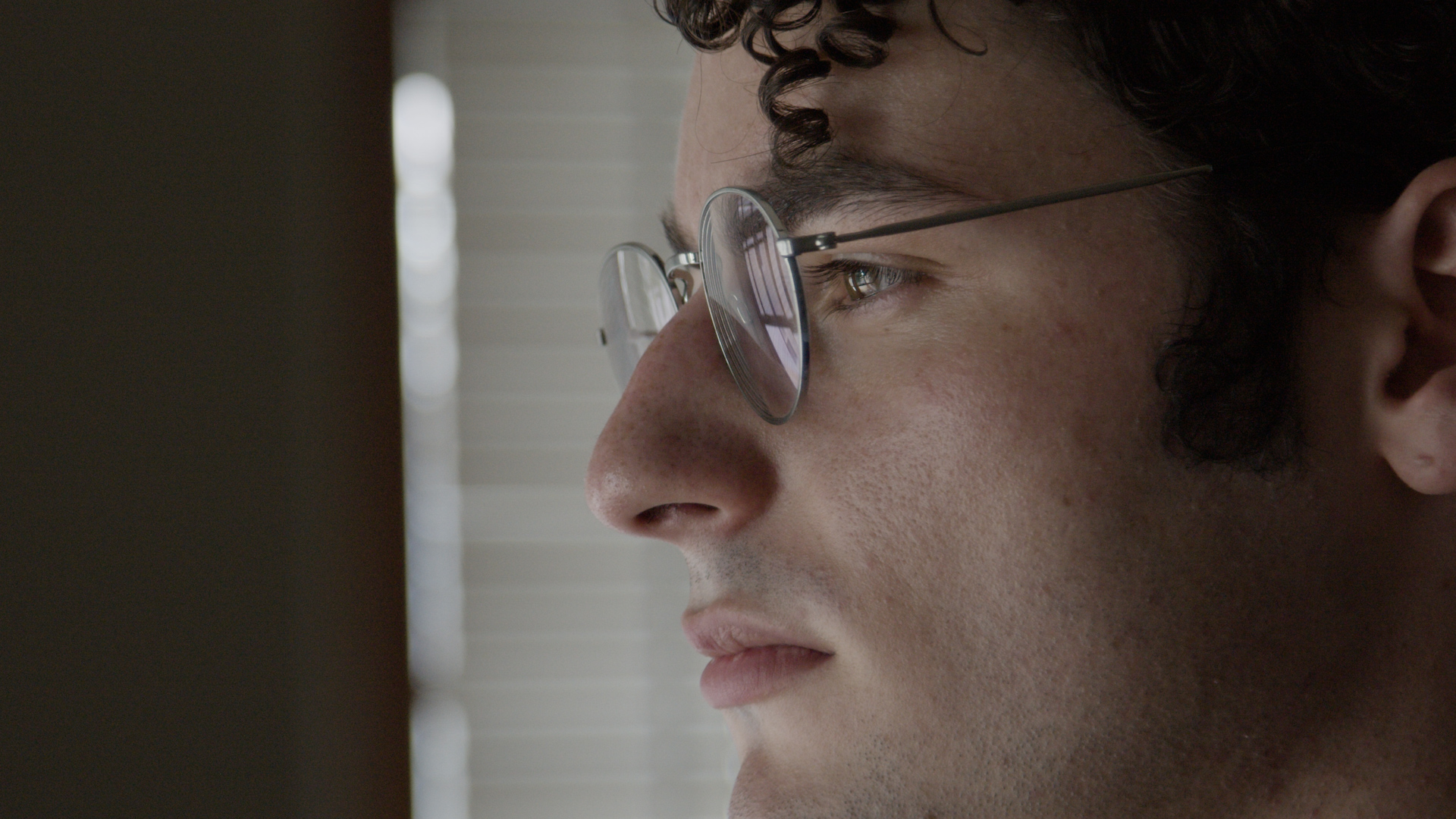
“And when you look at these self-help resources and these videos by these transgender YouTubers and all of these different sorts of things, those same grievances are replicated in their words, and they say that transitioning fixed all of that for them. So as a kid, when I was 14, I saw that and I said, ‘Well, they have the same problems I did. Pretty much. They took this step or these series of steps. Why wouldn’t that work for me?’”
That spring, Amaya Price brought up his gender confusion to a therapist he had been seeing at Boston Children’s Hospital.
“I’m like, ‘I’m really a girl. I think I’m trans.’ And she immediately affirms me,” Amaya Price recalled. “She says, ‘Oh my God, you’re so brave. These are the things you can do.’”
Amaya Price’s therapist was hardly the only adult who encouraged this new identity. In fact, with the exception of his parents, every single adult in Amaya Price’s life, including educators and medical professionals, accepted and encouraged Amaya Price to socially and medically transition.
One conversation in particular with Amaya Price’s pediatrician revealed just how far these professionals were willing to go in their affirmation-only approach.
“[My pediatrician] asked my dad, ‘Would you like a dead son or a living daughter?’” Amaya Price said. “ And I believed him. I hadn’t put it into words at that time, but I really genuinely believed him. … I was really convinced, not because of my own reasoning, but rather the influence of activists, doctors, and activists in the broader culture, that either I was going to medically transition or I was going to kill myself.”
The only reason Amaya Price didn’t medically transition was his dad’s conviction that allowing his son to permanently alter his body would be a mistake they would both deeply regret.
And he was right.
Though Amaya Price resented his father for refusing to accept and enable his new “gender identity,” he now knows his dad’s decision saved him from even more turmoil and trauma.
“I think that if I had a different dad, if my dad was neutral or affirming, I would not be here today in the capacity that I am,” Amaya Price told IW Features. “I hated him for it, but I realize that I’m very lucky that he did not let me [medically transition].”
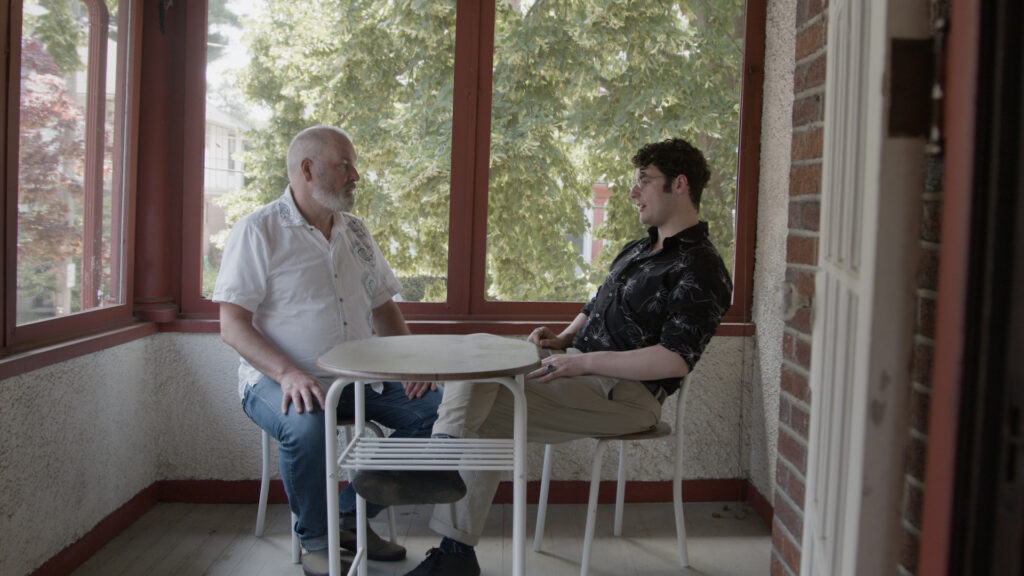
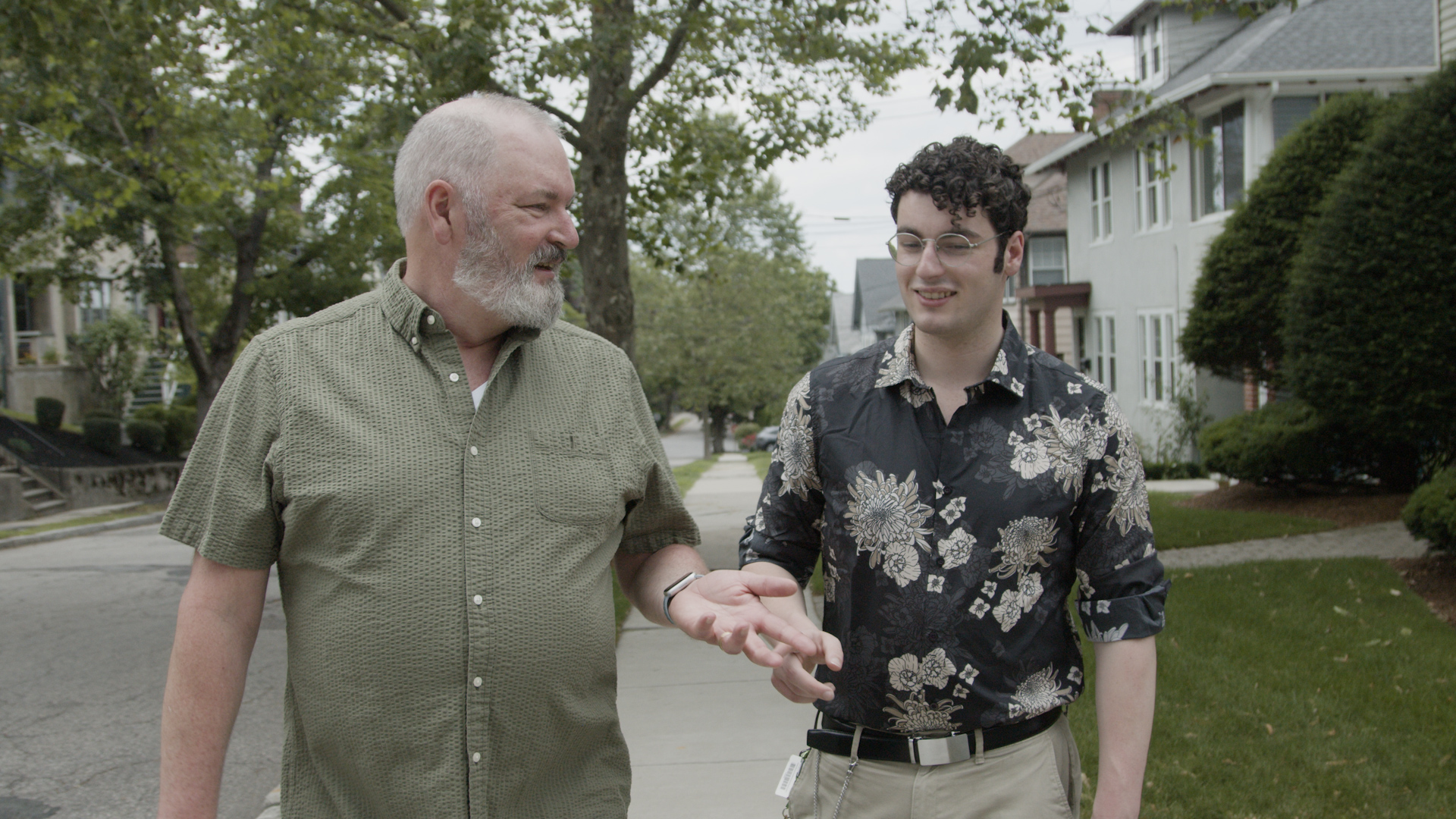
Amaya Price continued to experiment with his new “gender identity,” however, and decided to socially transition during his first year of college at Berklee College of Music. Again, everyone with whom he interacted at school, including his peers and professors, accepted this identity without question—even when it changed from transgender to non-binary.
“[At Berklee] it was more clearly systematized, where you were asked your pronouns and the professors were required to respect the pronouns. Even when I applied to Berklee, I had to put my pronouns in my application. They literally asked for this,” Amaya Price said.
“And you would walk down a hallway in Berklee and you see posters about, ‘Oh, we have a trans support group, and these are directions on how to get ‘gender-affirming care,’” and all of this just complete bulls*** that’s encouraging students to harm themselves. It’s like, yeah, it’s everywhere. You can’t run from it,” he continued.
This social pressure was a “driving force” in Amaya Price’s embrace of transgenderism in the first place—and it was also a big reason why he helped spread it.
“If my peers were not accepting of transgenderism and gender ideology, I doubt I would’ve done it, genuinely, because it would’ve been too hard, too impractical,” Amaya Price said.
But as it happened, transgenderism was pretty popular. In fact, although Amaya Price was the first boy in his high school to begin experimenting with transgenderism, by the time he graduated, one-sixth of the boys in his grade had followed suit, and a similar proportion continued in the grades below him, Amaya Price alleged.
“In that way, I bear the responsibility as patient zero in my small private high school in a suburb of Boston,” Amaya Price said. “And some of these kids medicalized, and there’s a degree to which I bear some guilt for that.”
Amaya Price explained that he feels he bears some responsibility for this contagion because he wasn’t just a passive observer, but an active participant in its spread.
But that’s what he had been trained to do. Indeed, the same people and influences who had passed gender ideology onto Amaya Price encouraged him to in turn engage in “egg cracking”—or, identifying “somebody who perhaps has not yet realized they are transgender but is really transgender on the inside,” Amaya Price said.
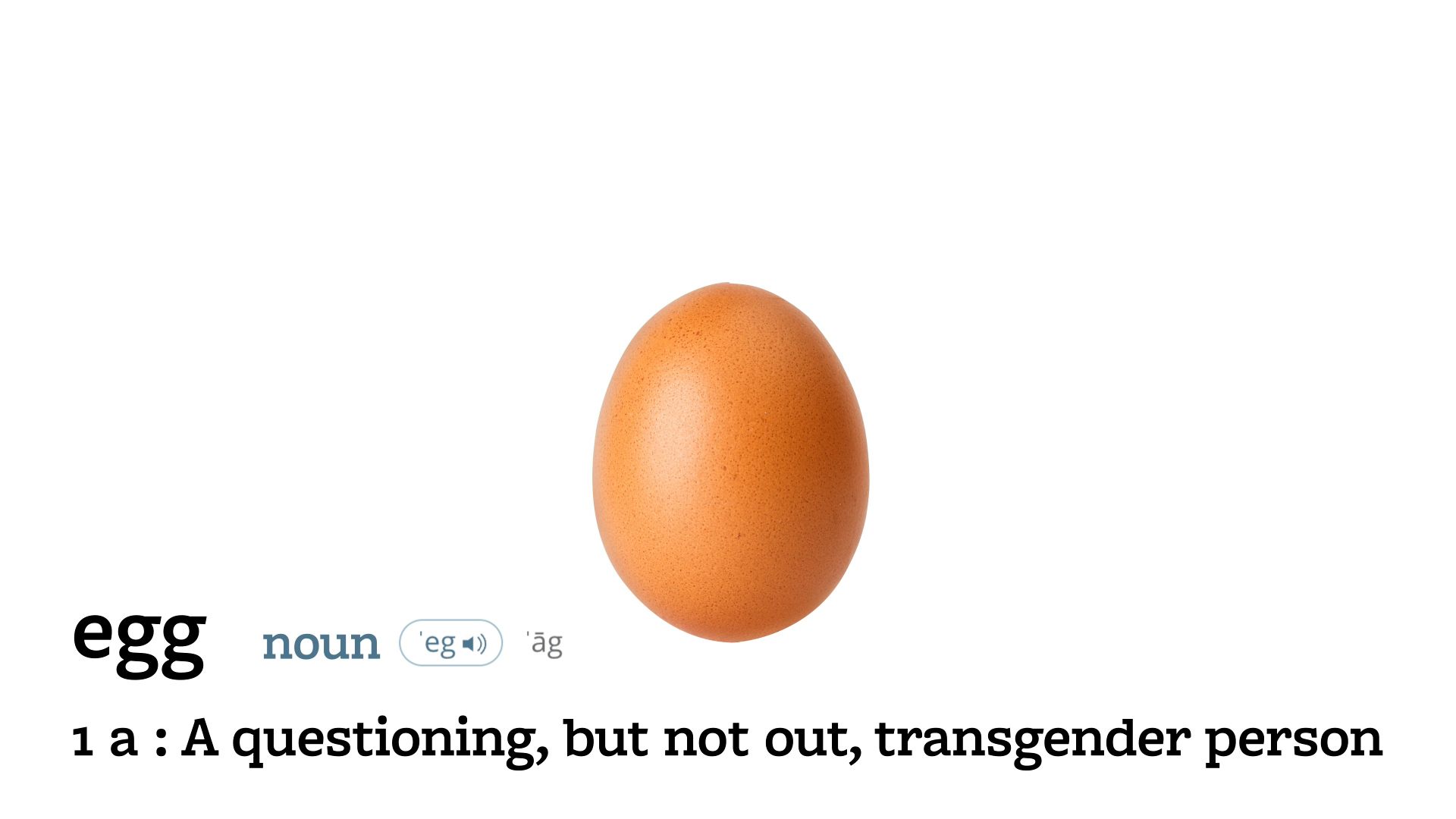
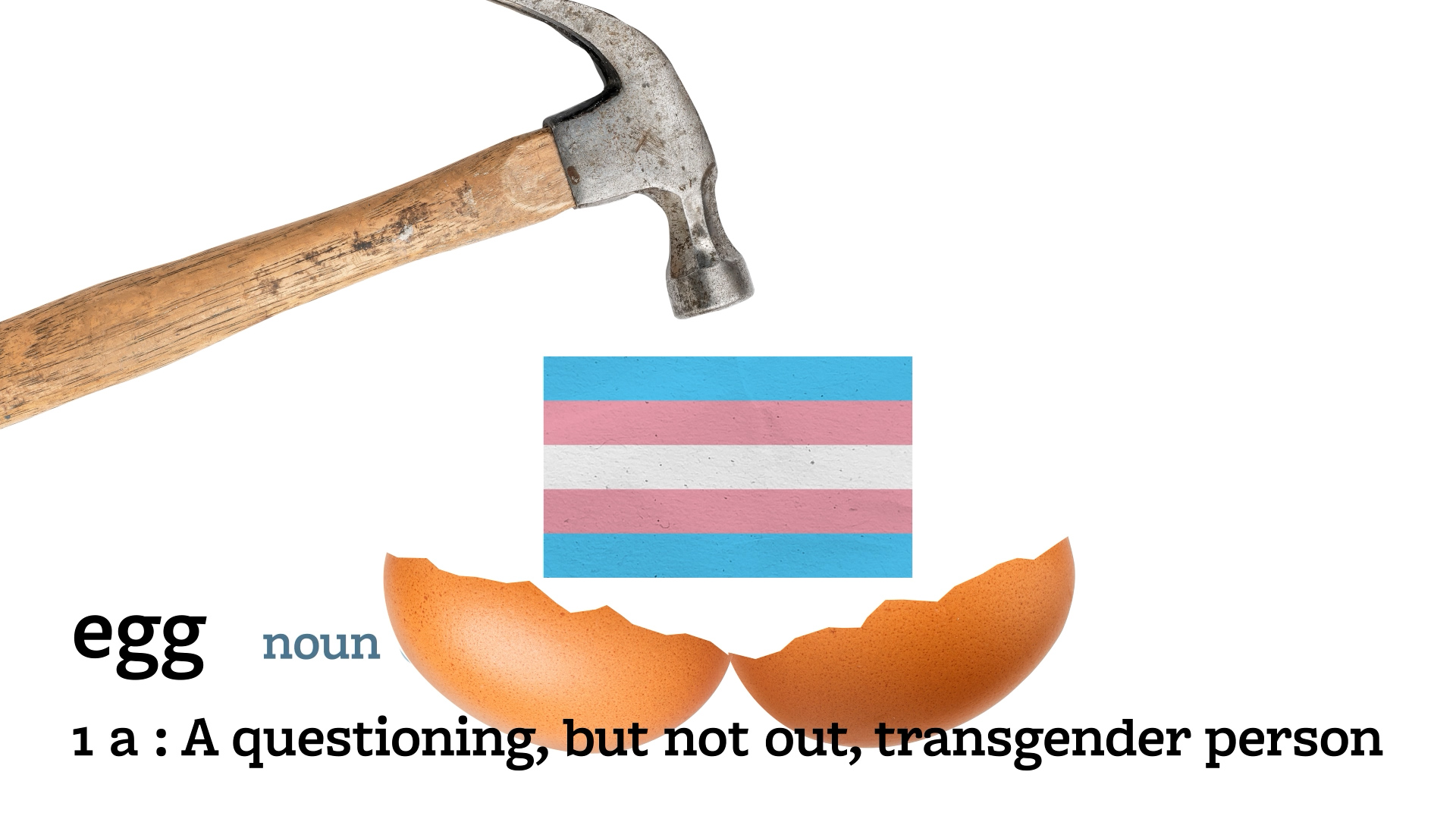
“It’s basically identifying vulnerable kids and convincing them that they are transgender,” he continued. “I did that. I will perhaps offer the only defense that I can in that regard and say that I truly believed that the extent to which I did that, I was doing it because it was good for the people that I convinced were trans. Because I genuinely believed that really inside, they were trans, and until they accepted that fact, they would forever live a low quality of life.”
But that belief began to crumble for Amaya Price toward the end of his freshman year at Berklee College of Music. After publicly rejecting affirmative action as a counterproductive and harmful policy when the topic came up in one of his classes, Amaya Price said he was canceled for the first time.
“My professor asked me to apologize to the class and I refused, and I failed the class,” he said. “All of a sudden, all of the goodwill that had been directed toward me in regards to my transgender identity disappeared overnight.”
“By the end of the spring of my first year of college, I got to the point where I was like, ‘You know what? The only reason – the only real, substantive, persistent reason I would have for medically transitioning is because society says I have to do that to be valid, to be trans, to really be a girl or a woman. That’s stupid. I’m not going to do that,’” Amaya Price added. “I realized, ‘Yeah, maybe I’m wrong. Maybe these people are wrong and they obviously don’t care about me, so why should I care about them?’”
Amaya Price said he realized he had been “in a cult for years”—and that it was time to get out.
Desisting from his transgender identity was a “multi-step process,” Amaya Price recalled—one that required a long mental deconditioning.
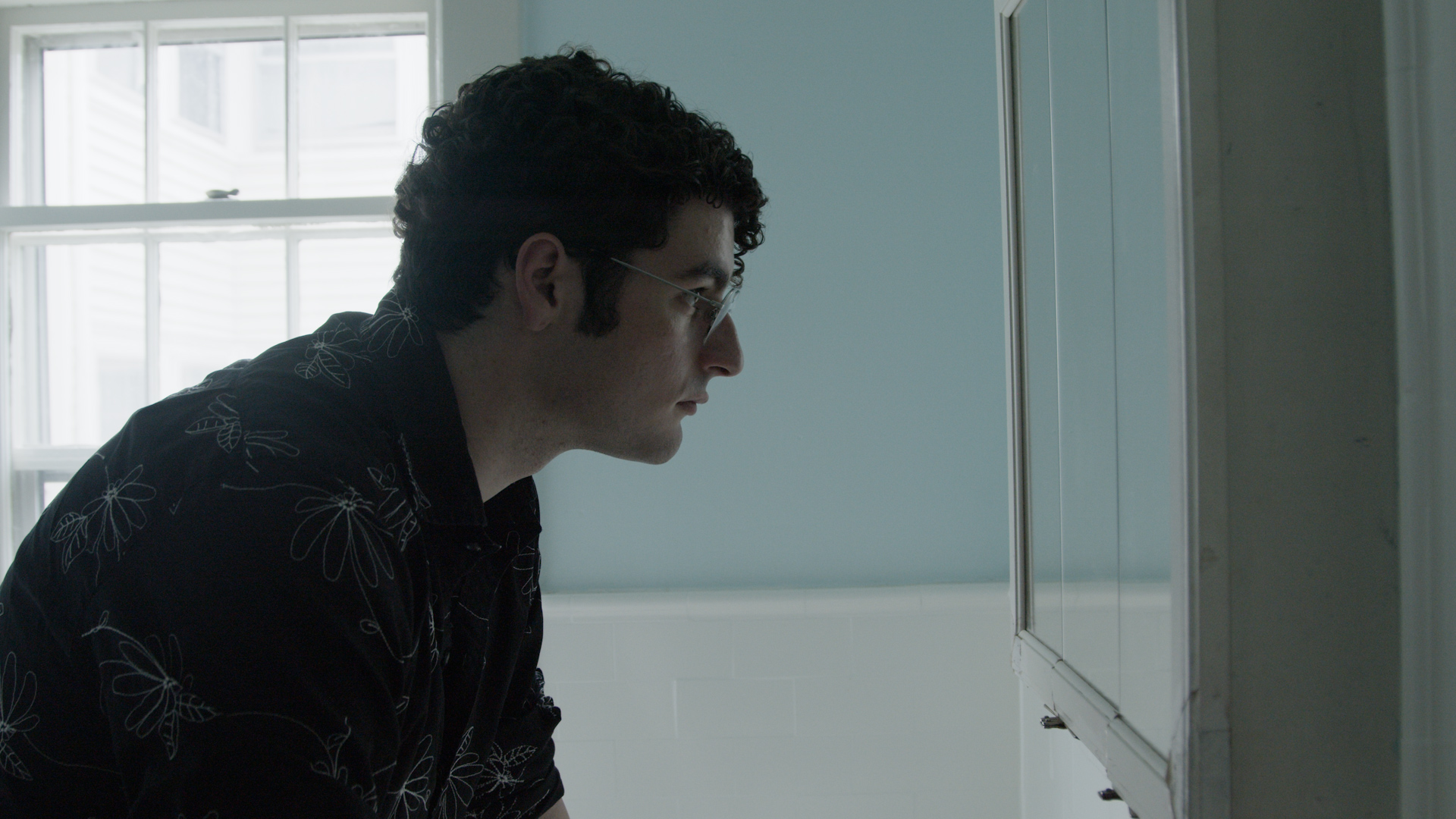
“They basically are able to remove your control, your thoughts, where you no longer have the language to reason yourself out of the cult,” Amaya Price said. “I was stuck there for a while, where I would think about it all of the time, but never make any progress because I got stuck in these ideological loops.”
But by the end of his freshman year, Amaya Price “was back to really accepting myself as a man. Or more accurately, I was just Simon. It wasn’t about being a man, it wasn’t about being a boy. It was just, ‘I’m Simon and part of who I am is male,’ and I accept that,” he said.
Amaya Price knows his journey isn’t unique—or at least, his struggles aren’t. That’s why he decided to speak out.
“I started feeling a duty,” he said, “I was in a position where I knew things. I saw something, which a lot of people weren’t talking about. If I chose to talk about this, then I would be able to actually help people—help people not make the same mistakes I did and the people around me did.”
Amaya Price said he wants young adults struggling with their identity to understand that feeling uncomfortable in their own skin at times is normal; that having mental ups-and-downs in certain seasons of life is normal; and that the help they should seek out when dealing with those things won’t be found in a pink and blue flag. If anything, he said, gender ideology will make things even worse.
“If you’re not honest about who you are, you’re basically creating this parallel universe. You’re choosing to live as this person who doesn’t exist, because you’re presenting yourself in a way that is understandably inaccurate. And the people you’re going to attract are people who like this false version of you, not people who like you,” Amaya Price said.
Indeed, now that he’s free from the transgender virus, Amaya Price said he’s finally found a community of people who love and accept him. For the first time in his life, he said, Amaya Price feels “genuinely, actually happy.”
Amaya Price wants other gender-confused adults to understand that this belonging and happiness are possible for them, too.
“You might not believe it right now,” he said, “but someday you will find people who love you for who you are—not despite, but in part because of your sex.”
